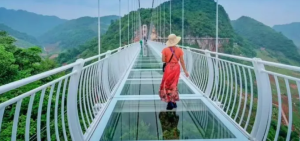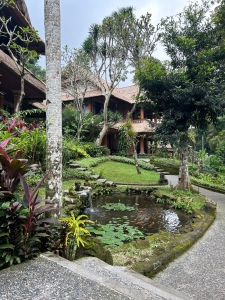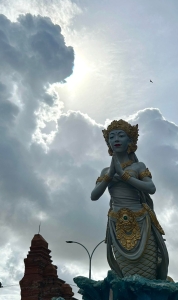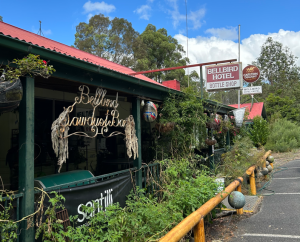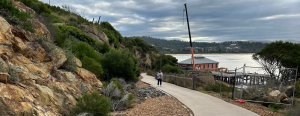Flying kangaroos loose in the top paddock
Couldn’t help being reminded of Maynard G. Krebs, the hapless beatnik from the Dobie Gillis Show years back, when I saw our Albo losing it in a Johannes Leak Qantas upgrade cartoon.
If you remember Maynard, he went to water at any mention of employment. “Work!” he’d shriek in a high-pitched panic.
In the Qantas cartoon, Jim Chalmers suggests a need “to shift the focus back to the economy”. Albo erupts in similar shivering, sweating, white-knuckled, wide-eyed fear, squeaking: “Economy??!”
You might better recall Maynard as the castaway Gilligan, who seems another appropriate doppelganger for someone lurching haplessly from one disaster to another and yet staying afloat if adrift.
But the many questions about Airbus Albo’s closeness to former CEO Joyce and Qantas’ favoured treatment when Qatar came knocking with new flights and offers for Aussie customers are only part of the issue.
Think also MP upgrades, Qantas selling a million flight tickets to flights that didn’t exist, Joyce’s remuneration and bonus payments, oversight by the Qantas board – which included consumer guru Todd Sampson – deplorable treatment of passengers whose flights are cancelled, generally atrocious in-flight service …
People are going on about Dutton on Rinehart flights, but he wasn’t the one keeping Qatar out of our airways.
It’s not just Qantas and its Jetstar that the Feds are letting let us down. Returned from OS last week on Branson’s Virgin, who I’ve swung across to out of fear of being stranded somewhere noxious by the flying kangaroo.
Not much better. Check-ins are a long and lengthy farce, automated or in person. Seating space is ridiculous, painful and outrageous. In-house comms don’t work and the “hope you enjoy flight” nonsense over the PA is pure insult to injury.
These flights clearly don’t need to meet anything like the health or disability regulations demanded of any other structure accommodating human beings.
Passengers are blithely told the two toilets servicing some 160 people can’t be used while stewards spend an hour doling out drinks and over-priced food you wouldn’t feed your dog.
The 12 or so happy upgraded Albos in business, meantime, have one all to themselves. Nice ride if you can wangle it.
Not so nice when, like my last trip, the two cattle-class johns are commandeered by two gastro-infected squatters who refuse to give up their tenancy. Twenty cross-legged people in the aisles squirming and moaning did nothing to convince them otherwise.
Mercifully, those in the holding pattern didn’t succumb to the same diarrhoea or vomiting. Bowels like Grenadier Guards, though, shouldn’t need to be a necessity on everyday flights.
Not that Virgin, Qantas, Jetstar or anyone in CASA seem to share this thought on what is surely a matter of basic human rights.
Funny thing, Bonza used to serve up drinks and meals to your seat individually. None of this hijacking the road to the dunny nonsense Albo and our MPs obviously think is below their station. That indiscretion didn’t last.
Nor did poor old Rex, which went belly-up for having the temerity to try cutting into Qantas’ miserable bailiwick. Seems that’s what happens when you get too close to a protected species – or in Airbus Albo’s case, an endangered species.
Speaking of different species, Virgin is looking to let pet animals on board next year. I suspect that’ll only end in tears, or howling, yelping, baying-at-the-moon mutts on a plane.
Hold on to your seats, and your noses, because they won’t worry about waiting for the dunny line to clear. It won’t be the only thing that stinks about our airlines.







